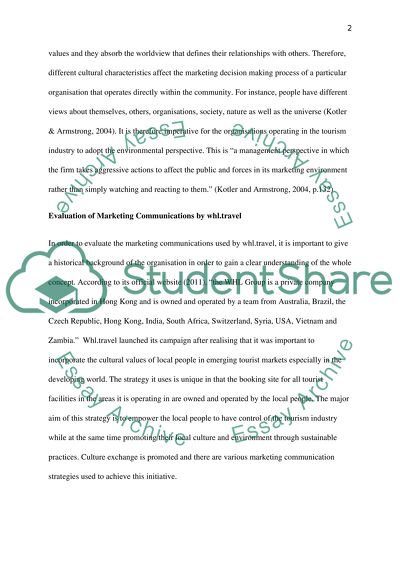Cite this document
(“Marketing Communications in Tourism & Leisure Industry Essay”, n.d.)
Retrieved from https://studentshare.org/environmental-studies/1413110-marketing-communications-in-tourism-leisure
Retrieved from https://studentshare.org/environmental-studies/1413110-marketing-communications-in-tourism-leisure
(Marketing Communications in Tourism & Leisure Industry Essay)
https://studentshare.org/environmental-studies/1413110-marketing-communications-in-tourism-leisure.
https://studentshare.org/environmental-studies/1413110-marketing-communications-in-tourism-leisure.
“Marketing Communications in Tourism & Leisure Industry Essay”, n.d. https://studentshare.org/environmental-studies/1413110-marketing-communications-in-tourism-leisure.


